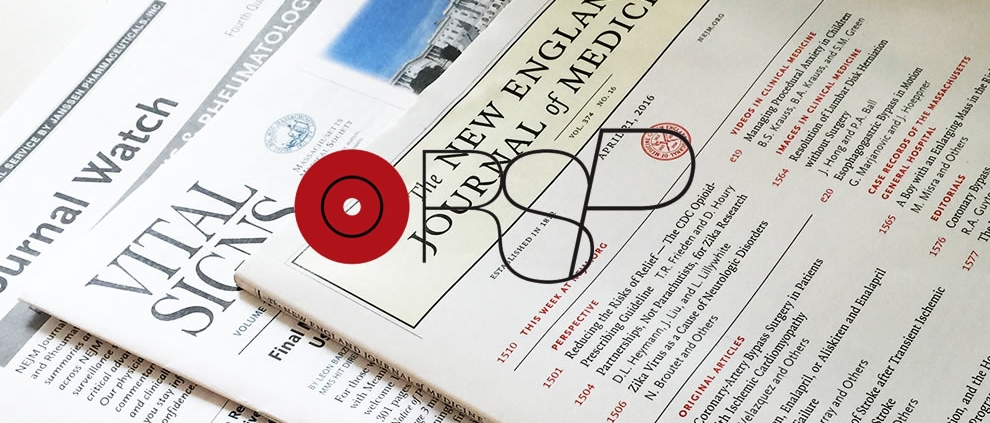Chronic stroke patients show early and robust improvements in muscle and functional performance in response to eccentric-overload flywheel resistance training: a pilot studyChronic stroke patients show early and robust improvements in muscle and functional performance in response to eccentric-overload flywheel resistance training: a pilot study
Background: Resistance exercise comprising eccentric (ECC) muscle actions enhances muscle strength and function to aid stroke patients in conducting daily tasks. The purpose of this study was to assess the efficacy of a novel ECC-overload flywheel resistance exercise paradigm to induce muscle and functional performance adaptations in chronic stroke patients.
Methods: Twelve patients (~8 years after stroke onset) performed 4 sets of 7 coupled concentric (CON) and ECC actions using the affected limb on a flywheel leg press (LP) device twice weekly for 8 weeks. Maximal CON and ECC isokinetic torque at 30, 60 and 90°/s, isometric knee extension and LP force, and CON and ECC peak power in LP were measured before and after training. Balance (Berg Balance Scale, BBS), gait (6-Min Walk test, 6MWT; Timed-Up-and-Go, TUG), functional performance (30-s Chair-Stand Test, 30CST), spasticity (Modified Ashworth Scale) and perceived participation (Stroke Impact Scale, SIS) were also determined.
Results: CON and ECC peak power increased in both the trained affected (34 and 44%; P < 0.01), and the untrained, non-affected leg (25 and 34%; P < 0.02). Power gains were greater (P = 0.008) for ECC than CON actions. ECC isokinetic torque at 60 and 90°/s increased in the affected leg (P < 0.04). The increase in isometric LP force for the trained, affected leg across tests ranged 10-20% (P < 0.05). BBS (P = 0.004), TUG (P = 0.018), 30CST (P = 0.024) and SIS (P = 0.058) scores improved after training. 6MWT and spasticity remained unchanged.
Conclusions: This novel, short-term ECC-overload flywheel RE training regime emerges as a valid, safe and viable method to improve muscle function, balance, gait and functional performance in men and women suffering from chronic stroke.
Keywords: Balance, Bilateral asymmetry, Muscle strength, Neuro-rehabilitation


